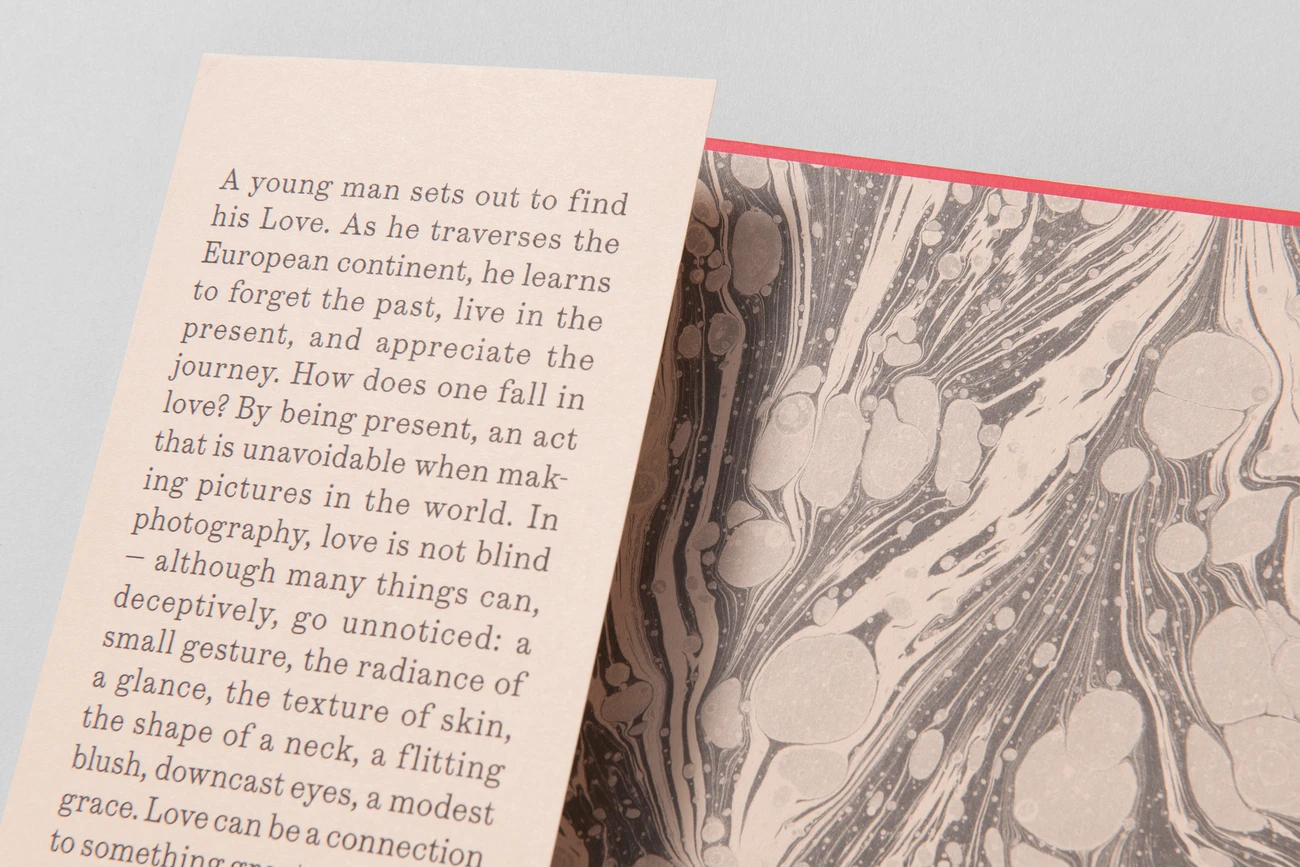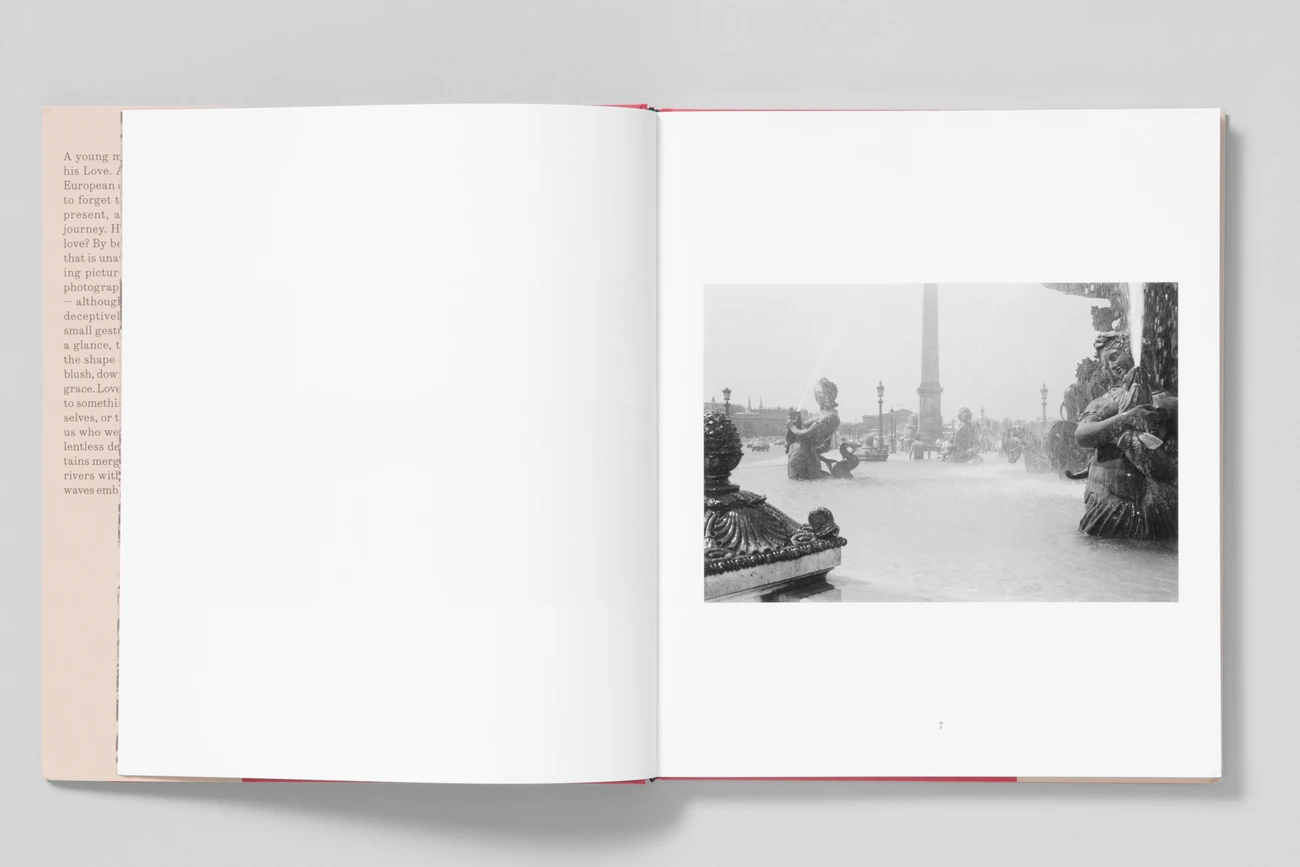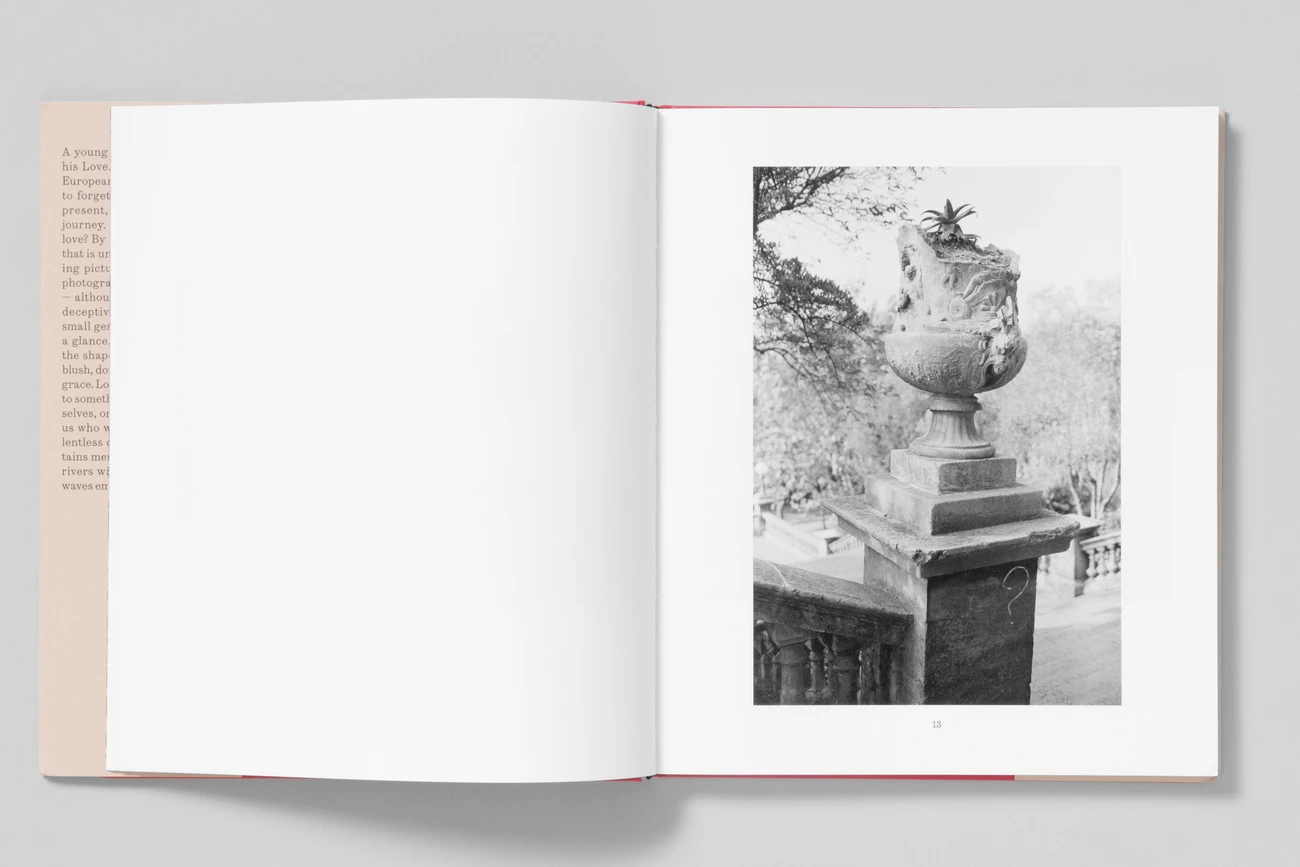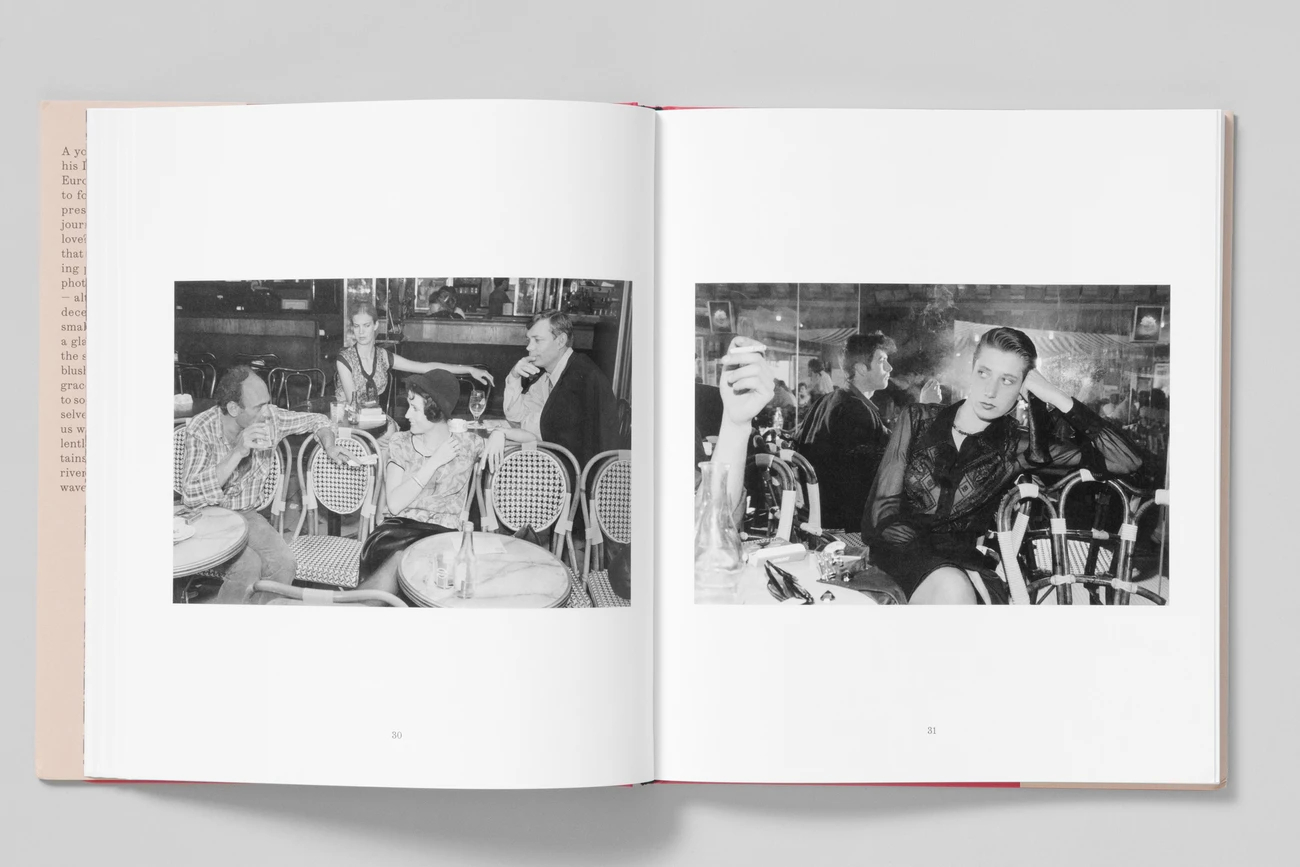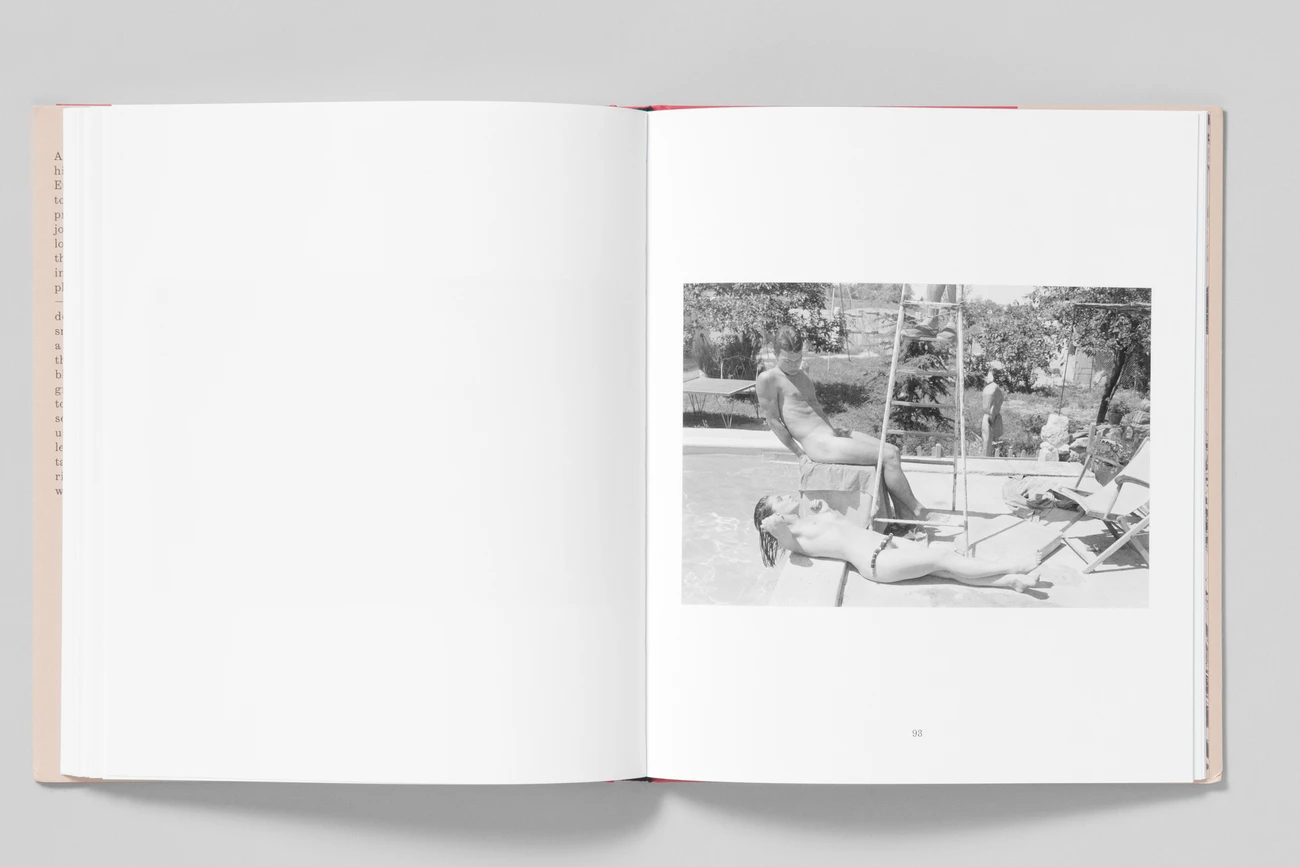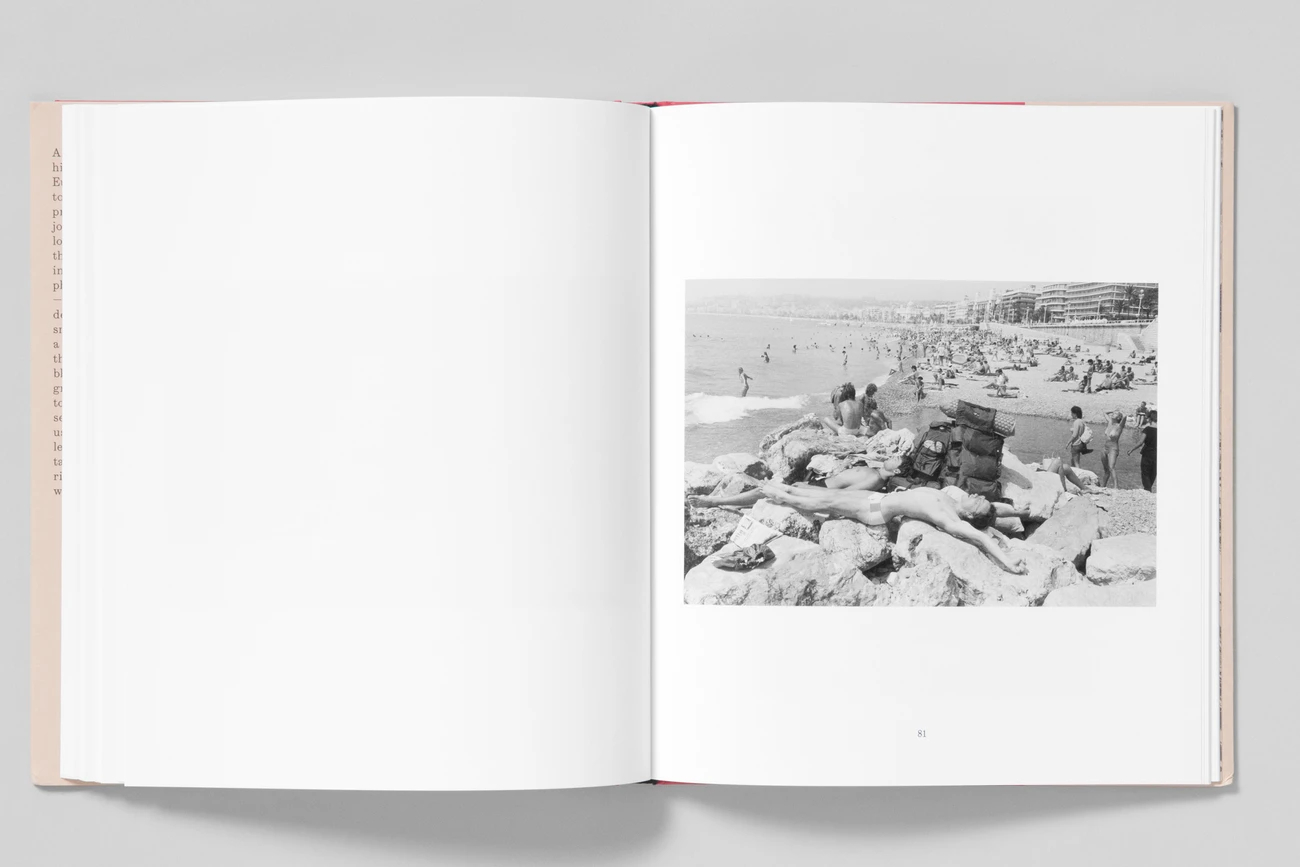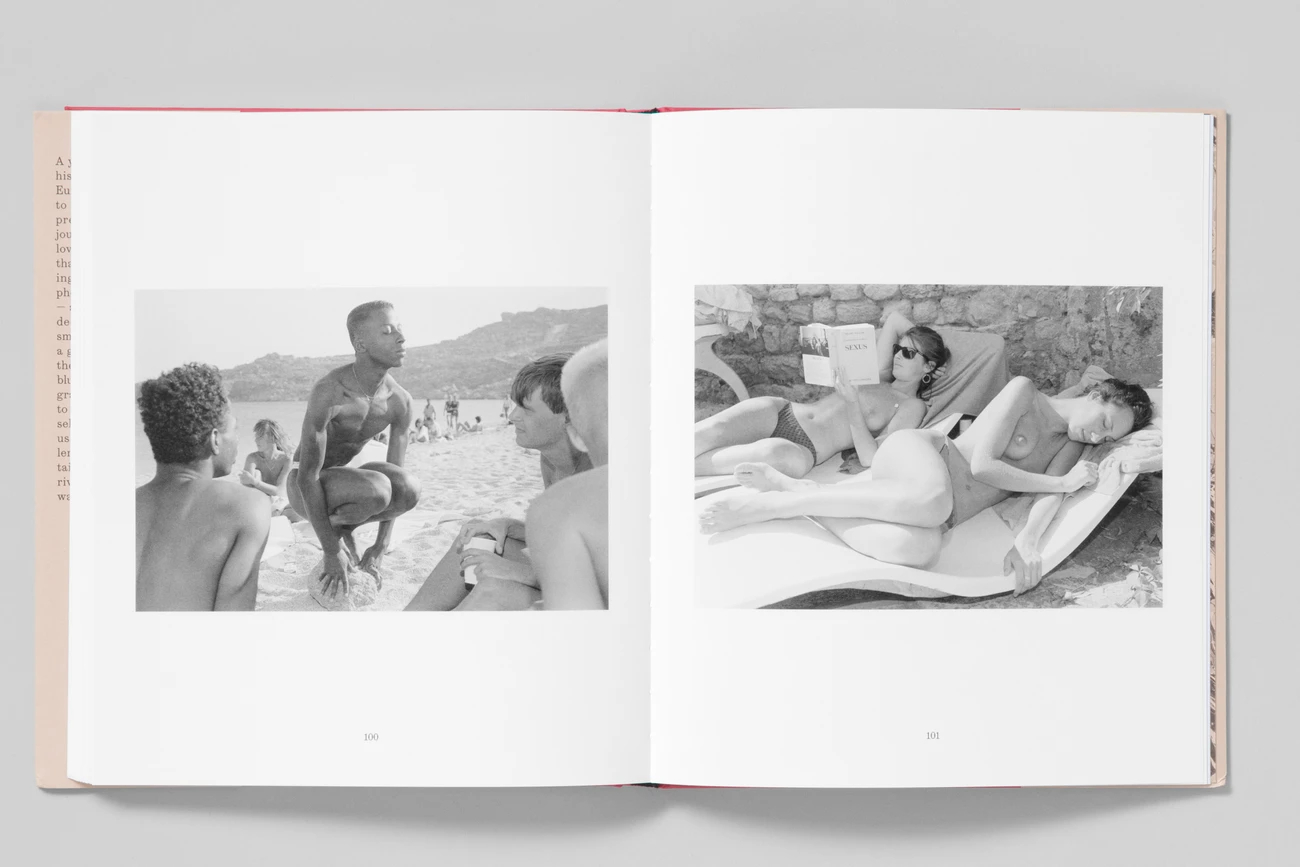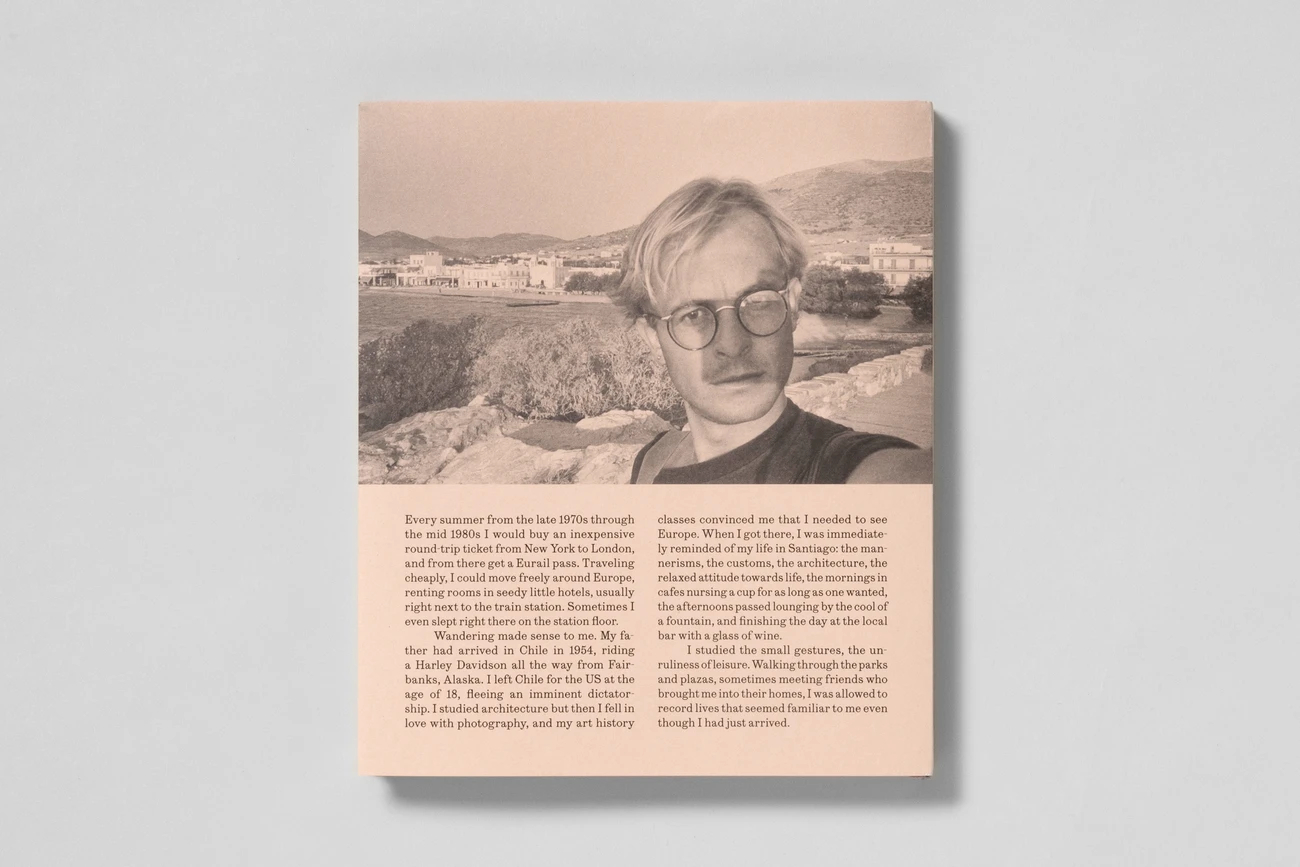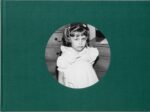Chaque été, de la fin des années 70 au milieu des années 80, Sergio Purtell achetait un billet aller-retour bon marché de New York à Londres, et à partir de là, il obtenait un pass Eurail. Voyageant à bon marché, il pouvait se déplacer librement à travers l’Europe.
L’errance avait du sens pour Purtell. À l’âge de 18 ans, il a fui une dictature imminente au Chili. Il est tombé amoureux de la photographie et ses cours d’histoire de l’art l’ont convaincu qu’il avait besoin de voir l’Europe. Quand il est arrivé là-bas, on lui a rappelé sa vie à Santiago: les manières, les coutumes, l’architecture, l’attitude détendue envers la vie, les matins dans les cafés et les après-midis se prélasser à la fraîcheur d’une fontaine, et finir la journée au bar local avec un verre de vin ; photos en n.b.
«Un jeune homme part à la recherche de son amour. En parcourant le continent européen, il apprend à oublier le passé, à vivre dans le présent et à apprécier le voyage. Comment tomber amoureux? En étant présent, un acte incontournable lorsqu’on fait des photos dans le monde. En photographie, l’amour n’est pas aveugle – bien que beaucoup de choses puissent, trompeusement, passer inaperçues: un petit geste, l’éclat d’un regard, la texture de la peau, la forme d’un cou, un rougissement clignotant, des yeux baissés, une grâce modeste. L’amour peut être une connexion à quelque chose de plus grand que nous-mêmes, ou à la chose qui nous montre qui nous sommes. Cela nécessite un dévouement sans faille. Les fontaines se confondent avec la rivière et les rivières avec l’océan et les vagues s’embrassent. »- Sergio Purtell
Pendant les étés langoureux il y a une quarantaine d’années (c’est l’époque de Madonna et Eric Fischl), un jeune Sergio Purtell sillonnait l’Europe à la recherche de scènes où le marbre se mêle à la peau. En traversant un paysage de fontaines et de places classiques (et parfois en passant dans un café), Sergio a réalisé des cadres pleins de gestes sensuels et de relations complexes. Avec la publication de son premier livre, le soleil brillant que Sergio a capturé en argent il y a si longtemps peut être revu. – Mark Steinmetz
Every summer from the late 1970s through the mid ’80s Sergio Purtell would buy an inexpensive roundtrip ticket from New York to London, and from there get a Eurail pass. Traveling cheaply, he could move freely around Europe.
Wandering made sense to Purtell. At the age of 18 he fled an imminent dictatorship in Chile. He fell in love with photography, and his art history classes convinced him that he needed to see Europe. When he got there, he was reminded of his life in Santiago: the mannerisms, the customs, the architecture, the relaxed attitude towards life, the mornings in cafes, and afternoons lounging by the cool of a fountain, and finishing the day at the local bar with a glass of wine.
“A young man sets out to find his Love. As he traverses the European continent, he learns to forget the past, live in the present, and appreciate the journey. How does one fall in love? By being present, an act that is unavoidable when making pictures in the world. In photography, love is not blind—although many things can, deceptively, go unnoticed: a small gesture, the radiance of a glance, the texture of skin, the shape of a neck, a flitting blush, downcast eyes, a modest grace. Love can be a connection to something greater than ourselves, or the thing that shows us who we are. It requires relentless dedication. The fountains merge with the river and rivers with the ocean and the waves embrace each other.” – Sergio Purtell
During languid summers around forty years ago (it’s the era of Madonna and Eric Fischl), a young Sergio Purtell crisscrossed Europe searching for scenes where marble mixes with skin. Passing through a landscape of fountains and classical piazzas (and on occasion dropping in on a café), Sergio made frames full of sensuous gestures and complex relationships. With the publication of his first


